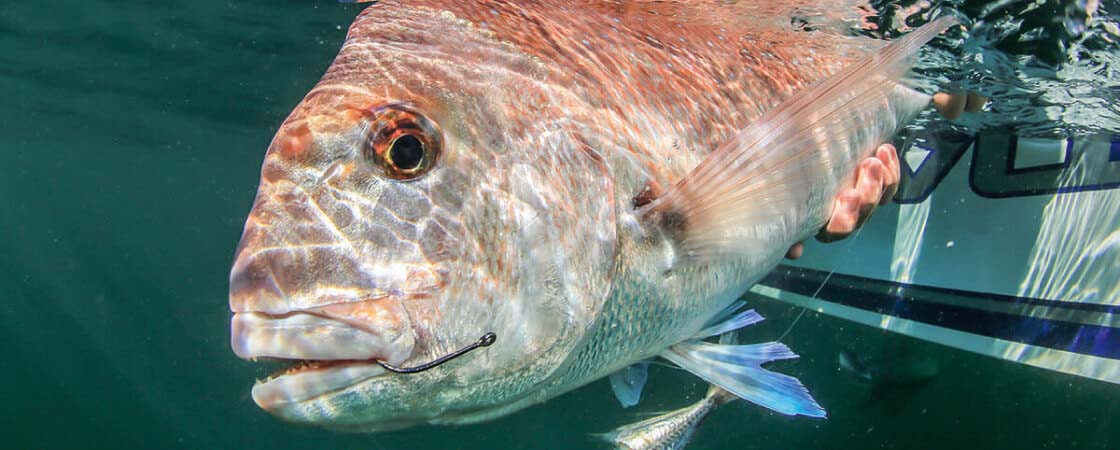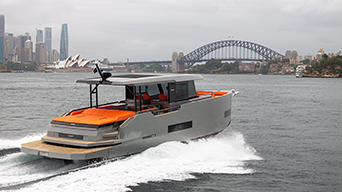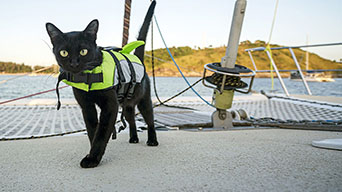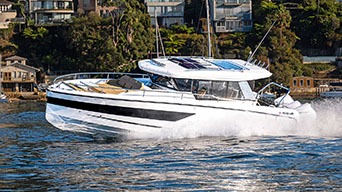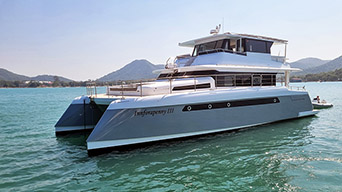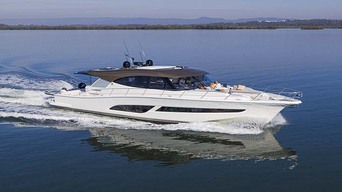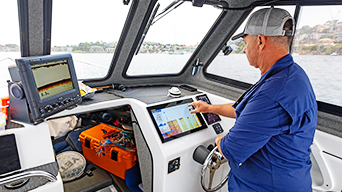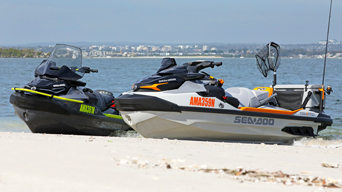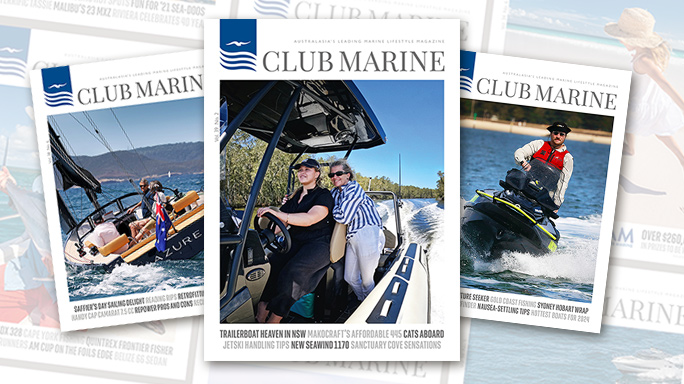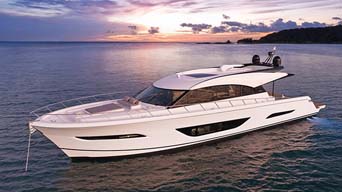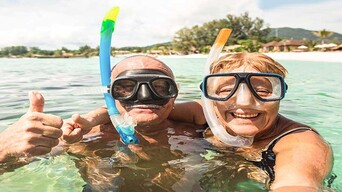The paternoster is undoubtedly the most popular bottom-fishing rig and has caught just about everything that swims. With the sinker at the bottom and one or two hooks it is perfectly suited to drifting, surf fishing or even estuary fishing. The position of the sinker not only minimises the chances of snagging but, more importantly, keeps the baits up out of the weed where they are clearly visible in the strike zone.
By incorporating a couple of tricks you can greatly increase your chances with the good old paternoster rig.
Firstly, it pays to use the lightest leader possible to help make baits appear more natural. As a rough guide, in estuaries you rarely need more than 20kg, while in coastal waters 40kg will cover most fish. The exceptions are species like coral trout up north (that can smash anglers on reefs), or deepwater bottom-bouncing for gemfish, where rigs will need to be beefed up.
Another tip is to use three-way swivels as opposed to just tying loop knots for the hooks. This will minimise the chances of the baits spinning and make everything look more natural.
As a general rule it is better to run two hooks to double your chances. If you want to spread your options even further, use hooks in various sizes and prepare them with different types of bait.
In southern waters anglers will often run the smaller hook on the bottom dropper. Shellfish or a prawn on the bottom hook with a pilchard or fish strip on the top hook will mean you can hook just about anything from whiting to snapper. Using two baits also means that if you miss a fish and lose a bait you still have a back-up.
While the paternoster rig can be used in a wide range of situations, it is perfectly suited to bottom-bouncing. This technique basically entails drifting over productive grounds with enough weight to keep the rig on the bottom where most of the fish will be. It is very simple and is one of the best ways to catch everything from morwong and leatherjackets in the southern waters, to coral trout, spangled emperor and trevally up in the tropics. In other words, it is an all-round rig that can produce just about anything and can be used by anyone.
